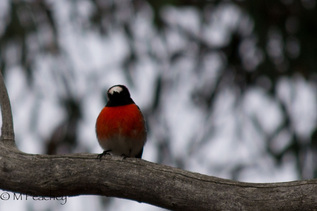
What a shame my class has come to an end for this semester. For our final class we did some tidying up of assignments and then went for a walk on Bruce Ridge, not far from the CIT. (followed by a yummy BBQ)
It is so hard to photograph small birds in amongst the trees with Automatic focus on my camera. Must get out and practise the manual focus.
Our class list of birds gathered a few new species:
Flame Robin.
It is so hard to photograph small birds in amongst the trees with Automatic focus on my camera. Must get out and practise the manual focus.
Our class list of birds gathered a few new species:
Flame Robin.
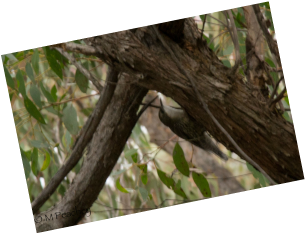
A White-throated Treecreeper doing what treecreepers do - gleen insects from the underneath of branches, amongst the bark, and trunks of trees by hopping up the branch.
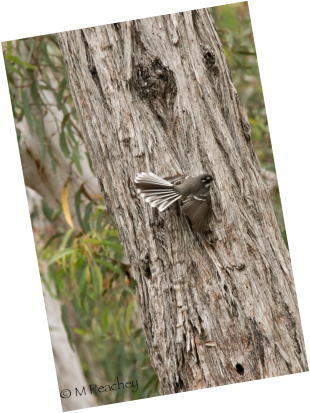
This Grey Fantail was also flitting around the tree trunk,
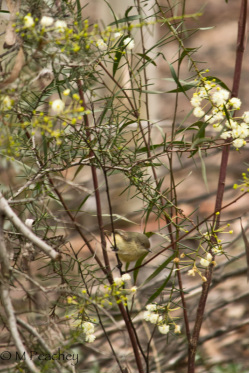
In the lower centre of the photo is a Buff-rumped Thornbill. These tiny birds are so hard to photograph in amongst the bushes.
Can you find it?
The wattles were starting to flower too.
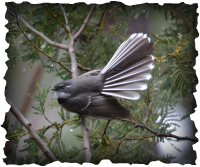
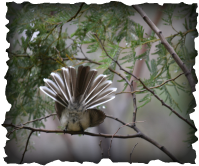
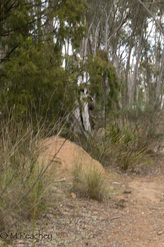
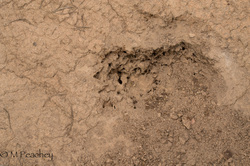
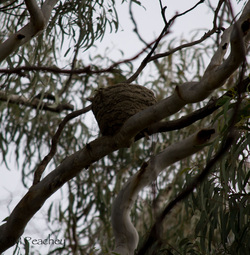
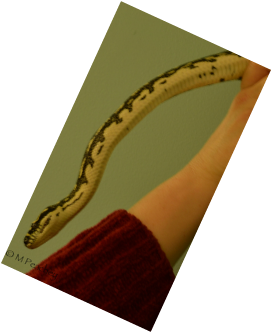
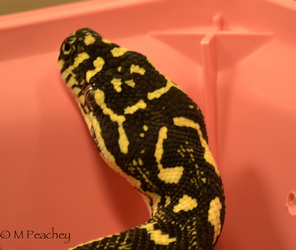
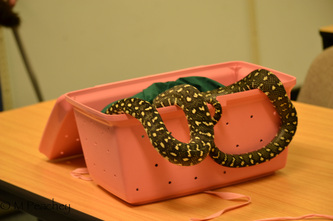
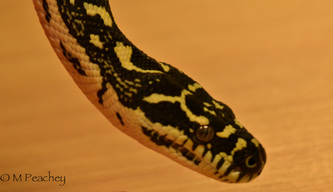
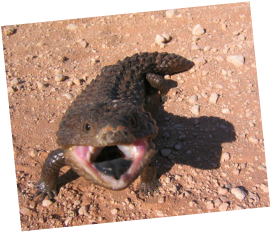
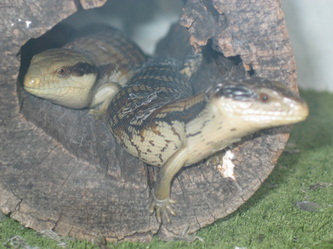

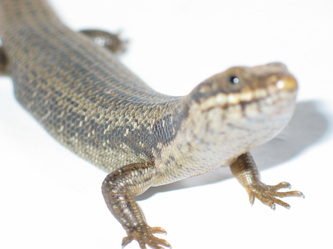
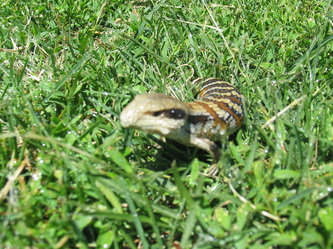
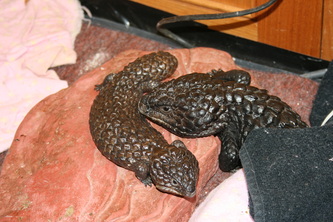
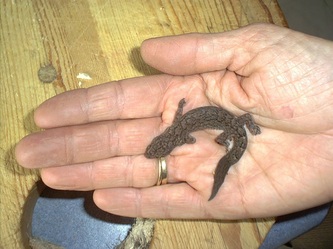
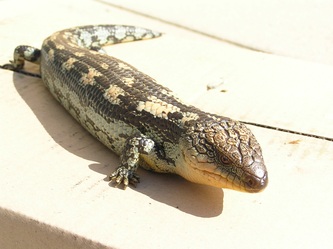
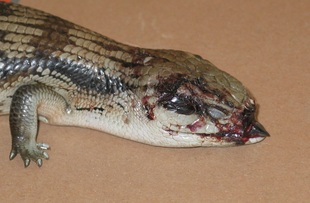
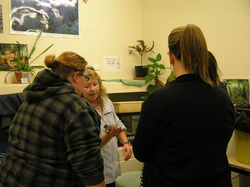
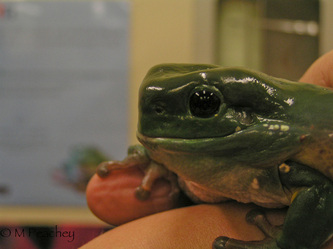
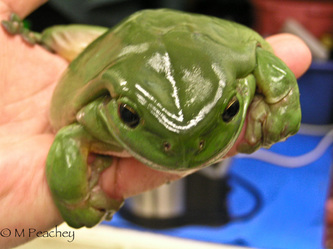
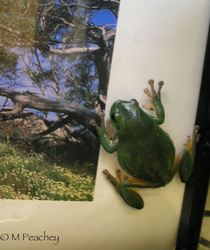
 RSS Feed
RSS Feed